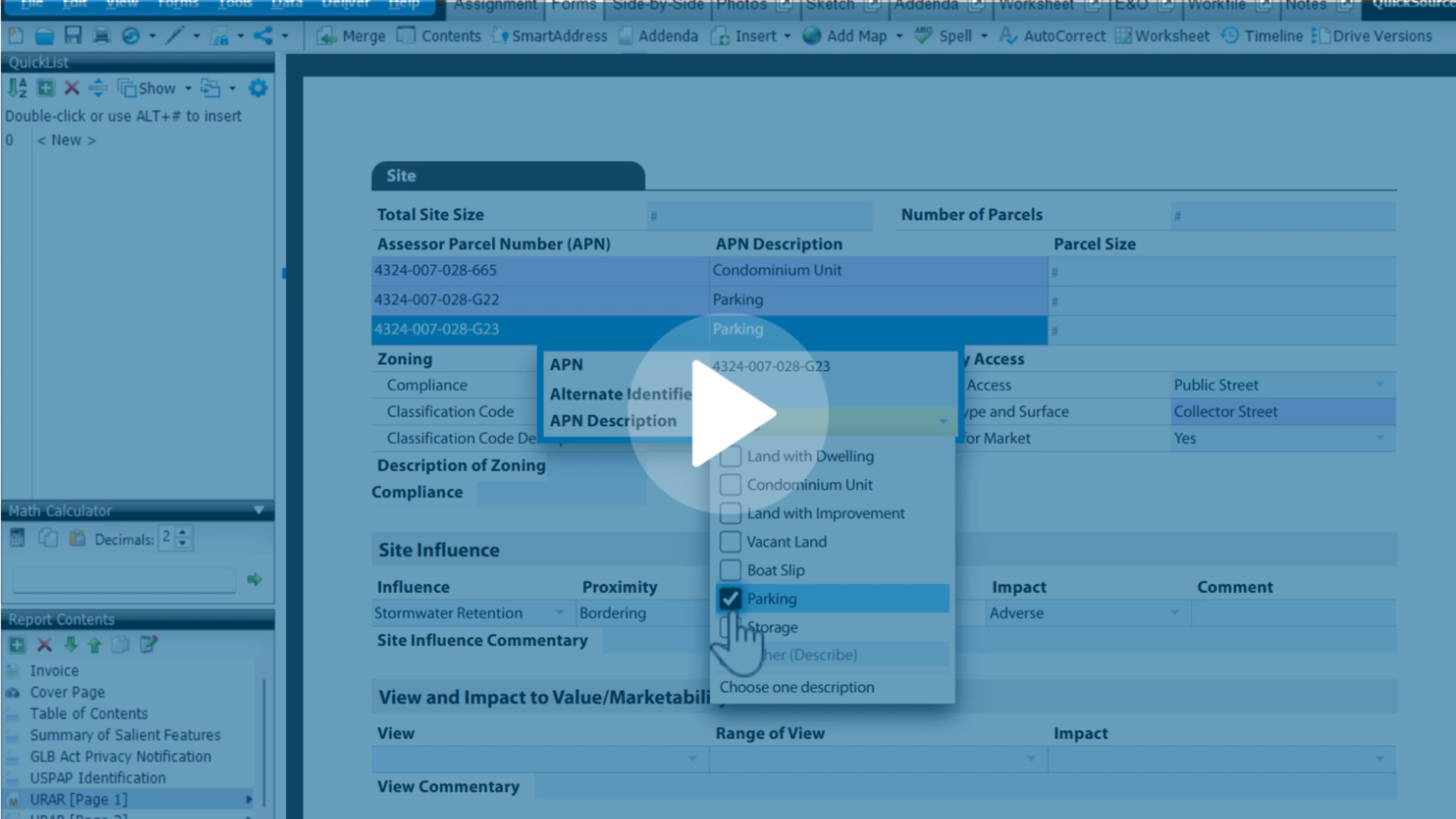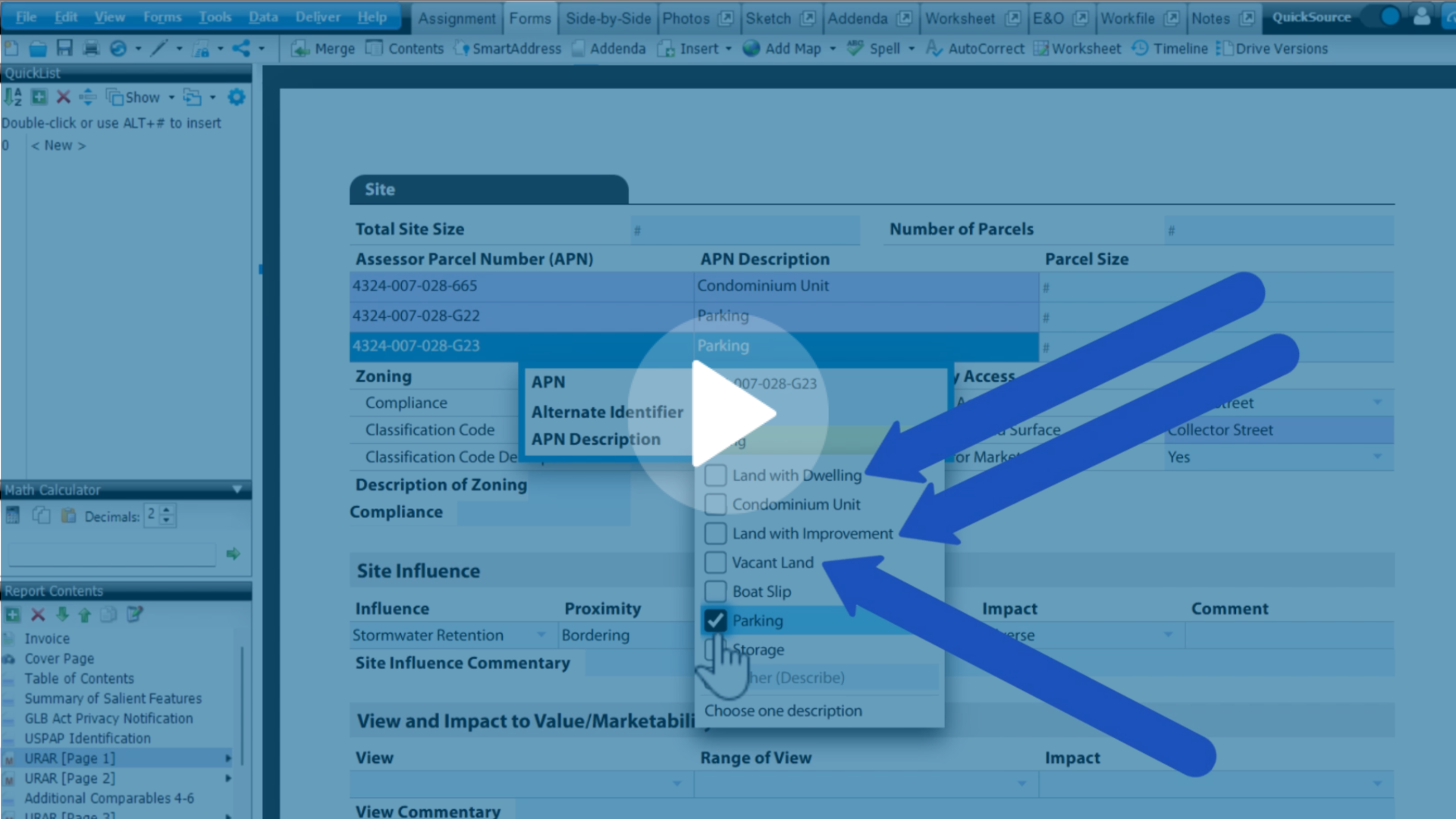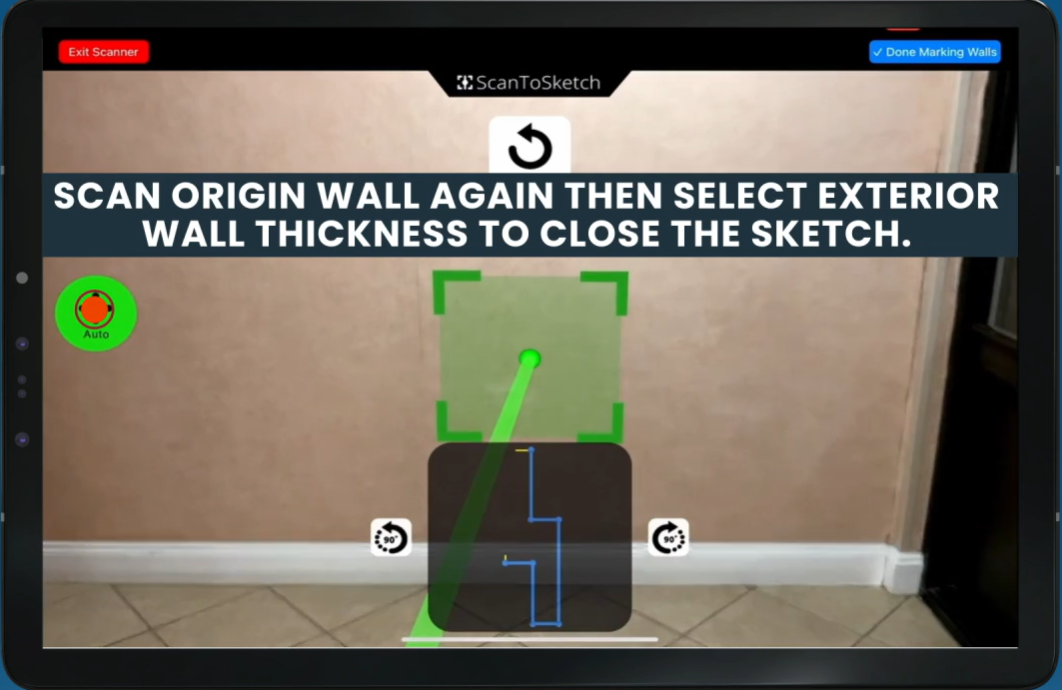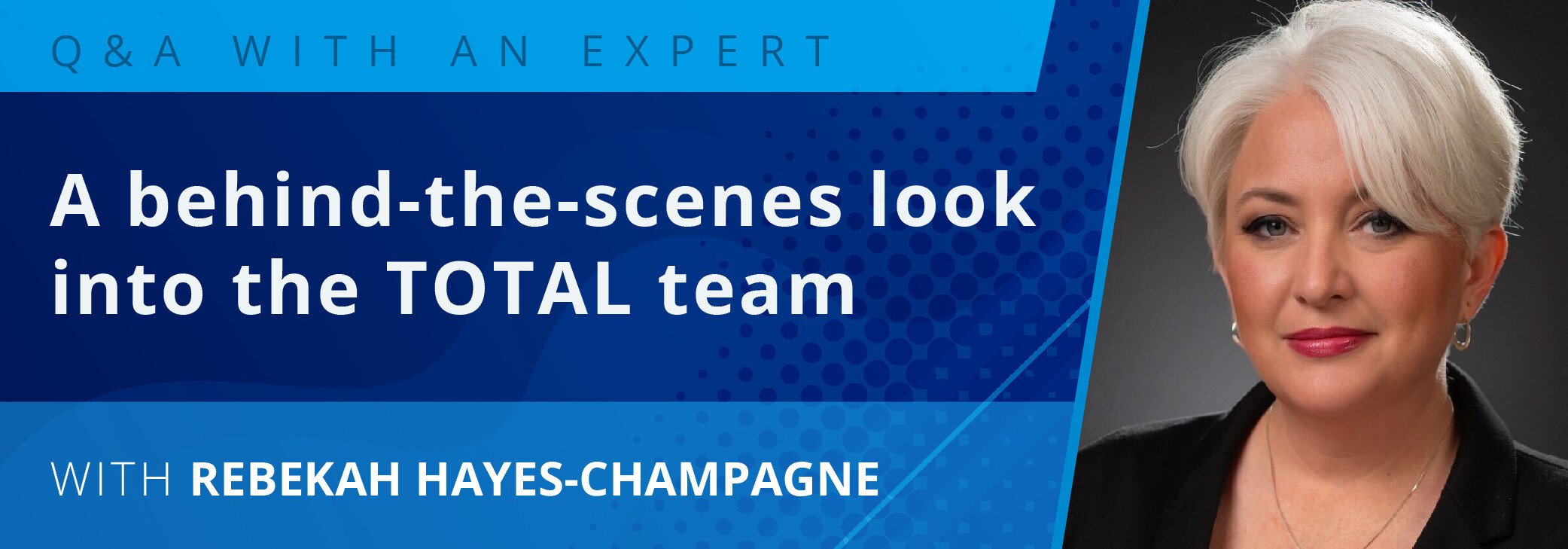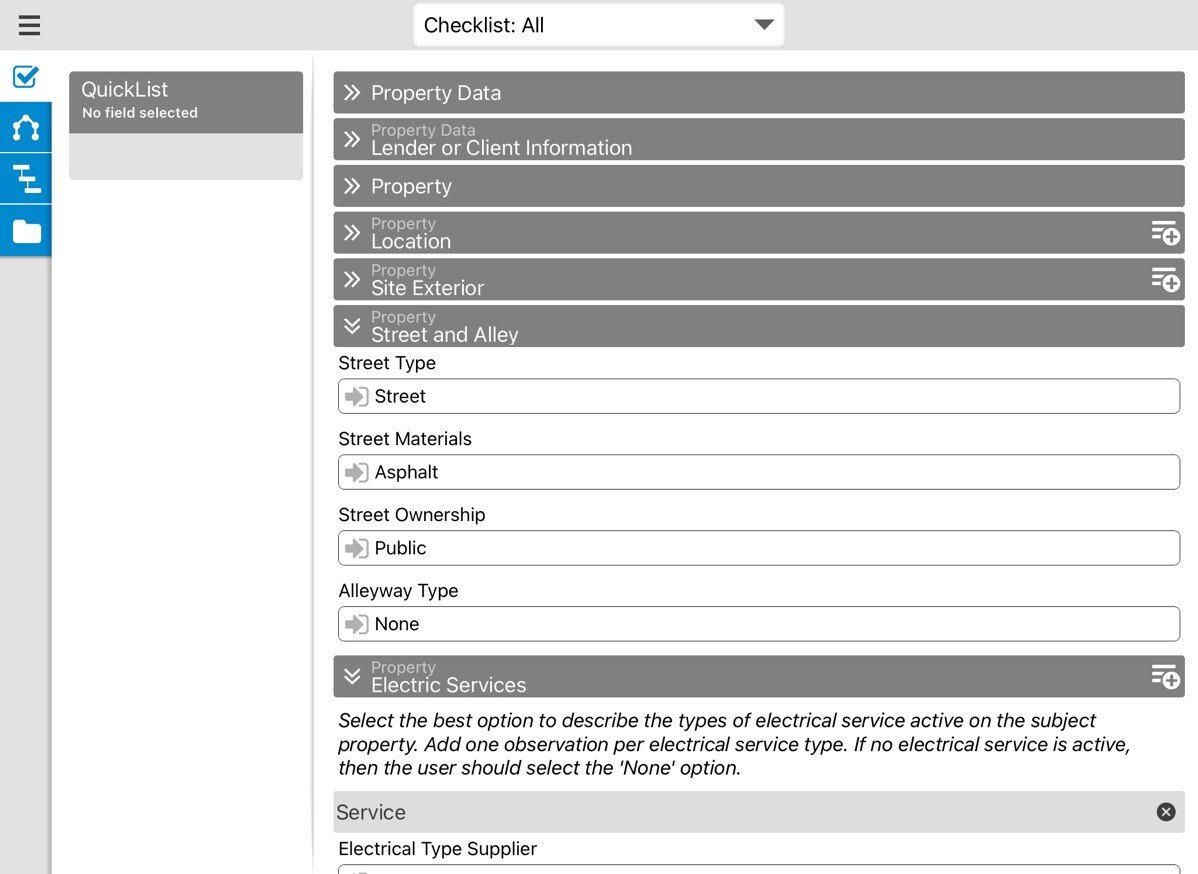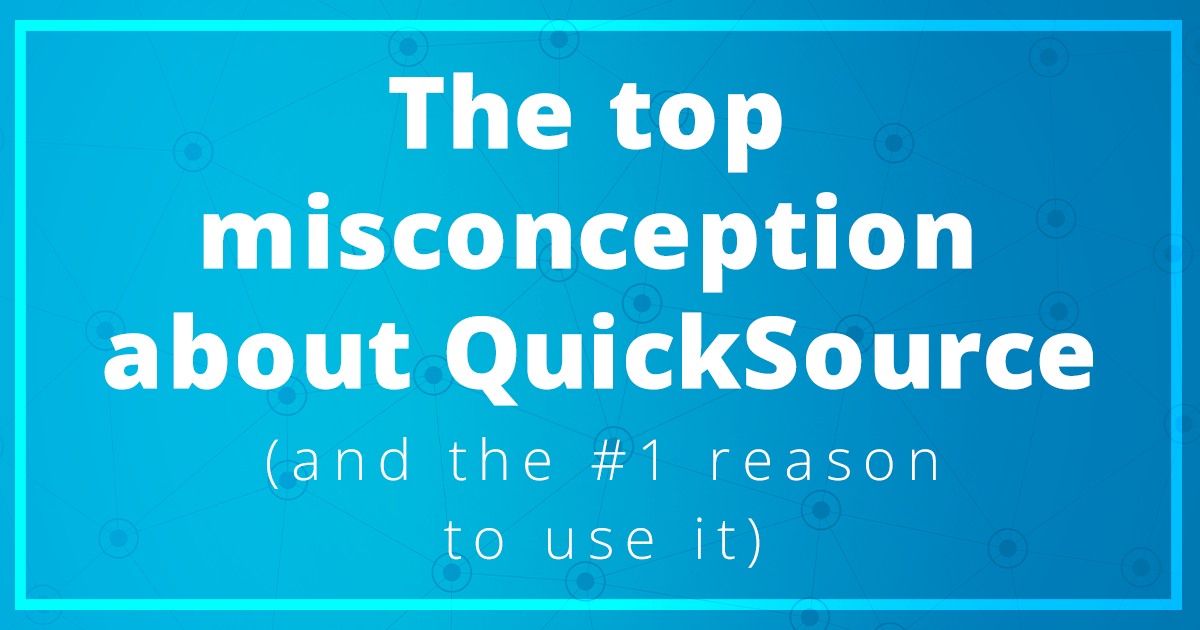Last week, I talked about the importance of understanding the 3 UAD field types, which lets you talk about and coach your clients on the GSE’s UAD requirements. Your clients expect you to know UAD inside and out, and one of the most important things to be able to do with UAD is to cite your sources effectively, and to point your clients to the exact right place in one of Fannie’s documents when they ask for something that’s not compliant, or when they request something they think is a requirement, but which really isn’t.
There are 3 main UAD documents that concern UAD, and they can all be found on Fannie Mae’s UAD page. You’ll probably want to save this page to your favorites, if you haven’t already.
First, there’s Appendix D, which is a list of all Required and Conditionally Required fields. TOTAL includes this data, with examples and explanations, in the full guidance window in the program. The fields are discussed in the order they’re in the form, top to bottom. Appendix D is the most commonly-referenced UAD document, as it’s written in plain language, and is a PDF.
Secondly, another PDF that’s important is the UAD FAQ. This document clarifies many of the finer points of Appendix D, including what to do if a house was built across multiple years, or how the legal address shouldn’t be used in place of the physical USPS address.
The third document, Appendix B, is hardly ever referenced by appraisers, even though it’s the most technical document of the bunch. It may look complicated and intimidating, but it’s really just a matter of knowing what to look for.
When you open Appendix B, you’ll see that it’s really just a spreadsheet. The form types are in the tabs at the bottom. Download and browse through a few fields in Appendix B to get used to the layout, and when your client calls with a request that’s not UAD-compliant, you’ll be much more prepared to coach them not only on what is or isn’t UAD-compliant, but can quickly and easily point them to the original, authoritative sources.





